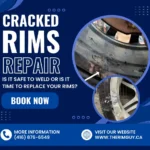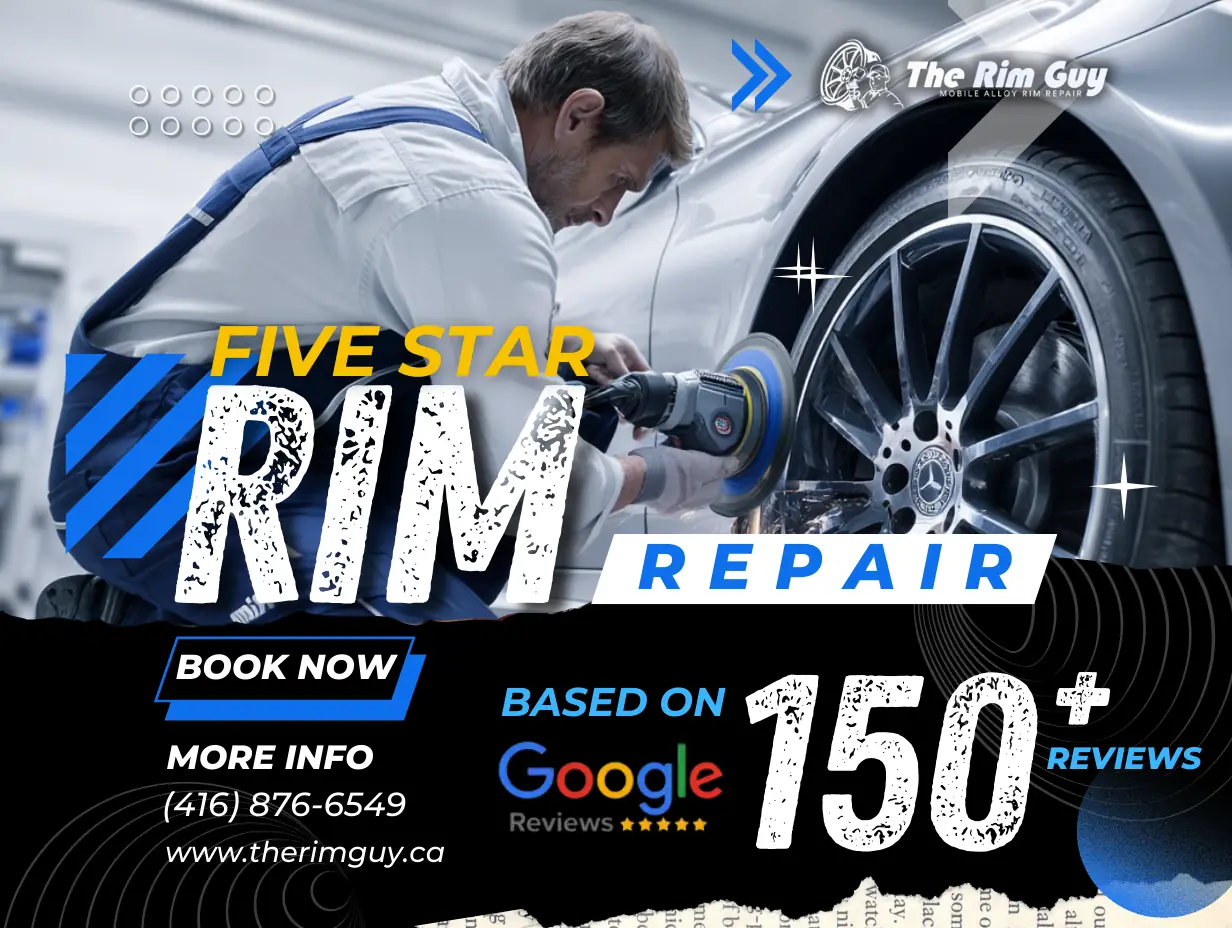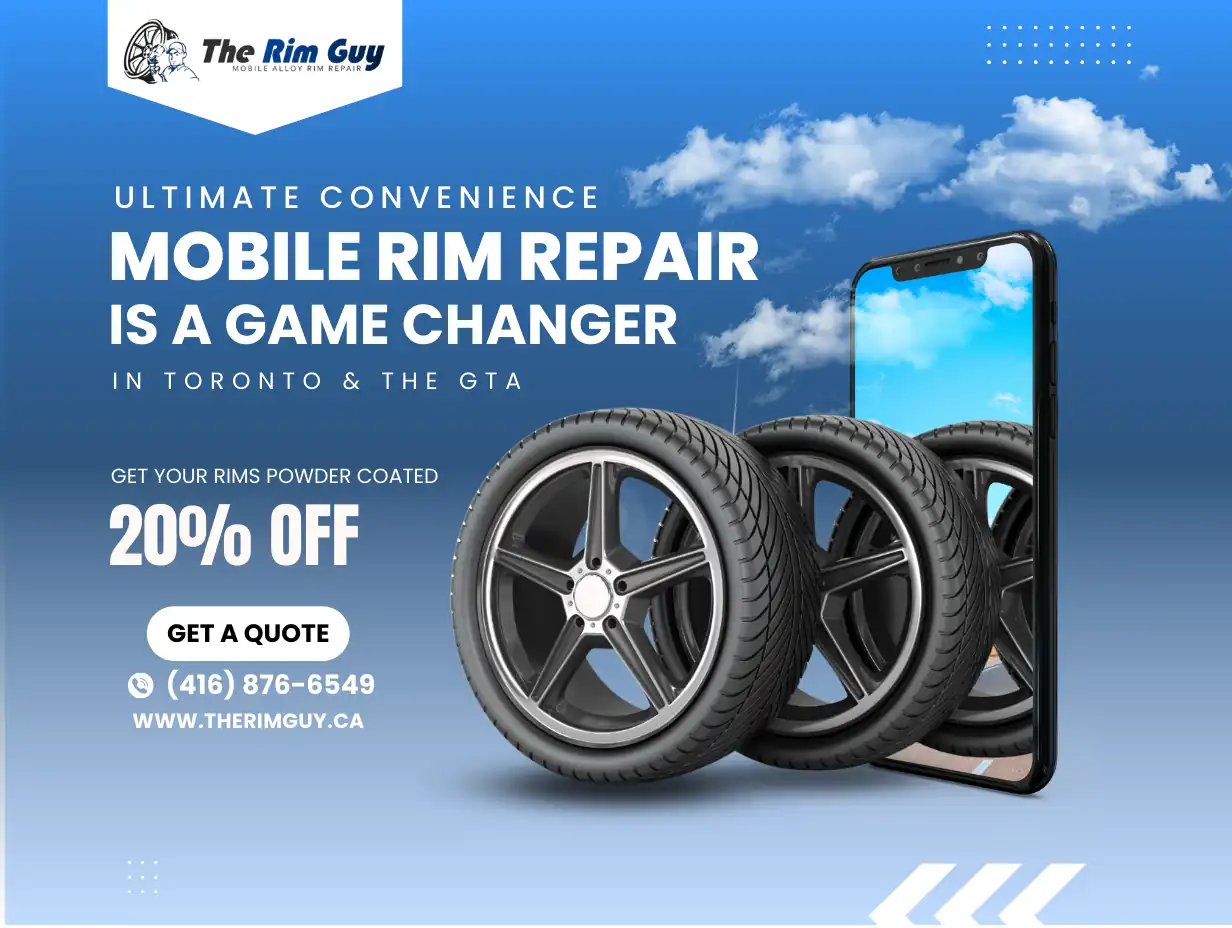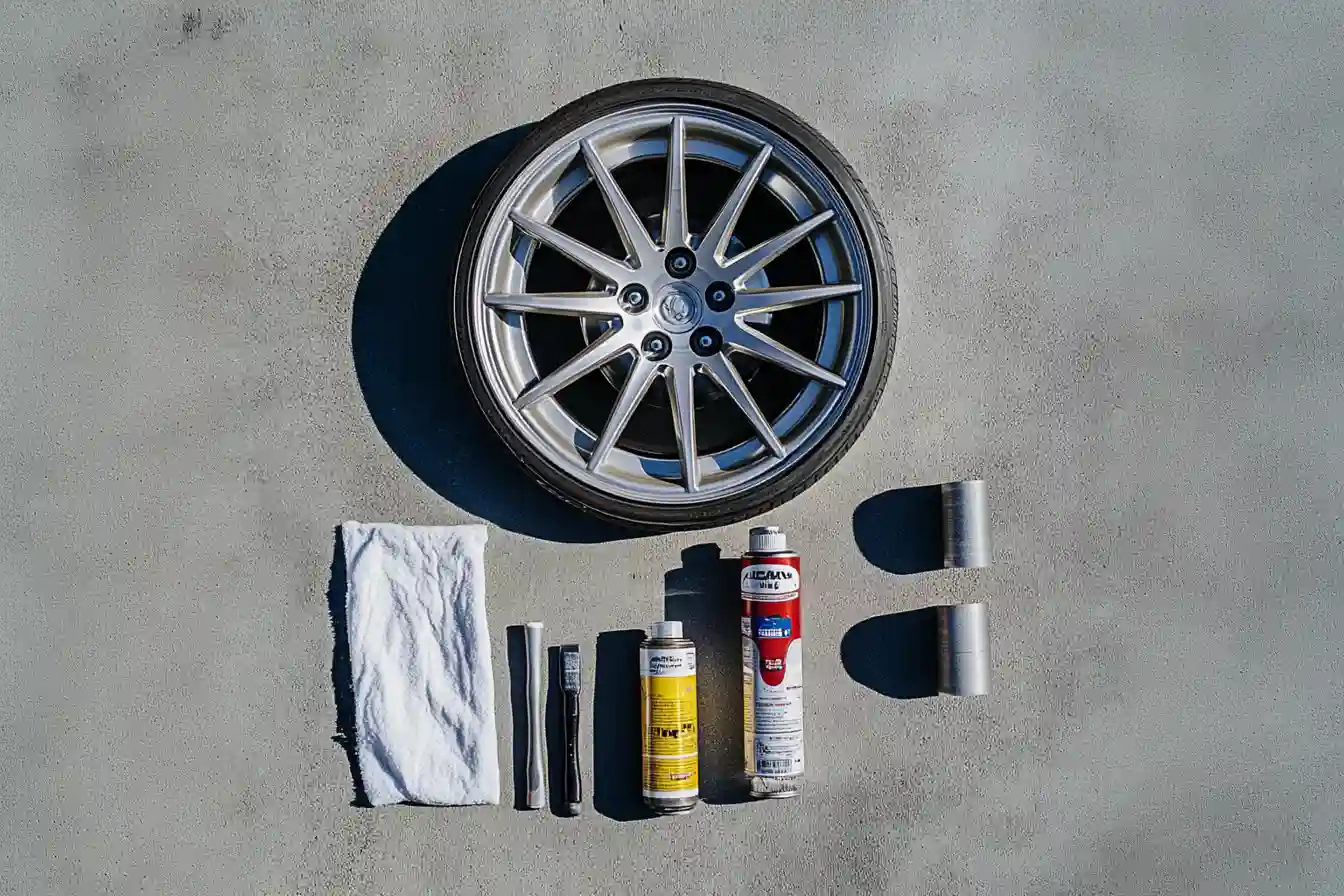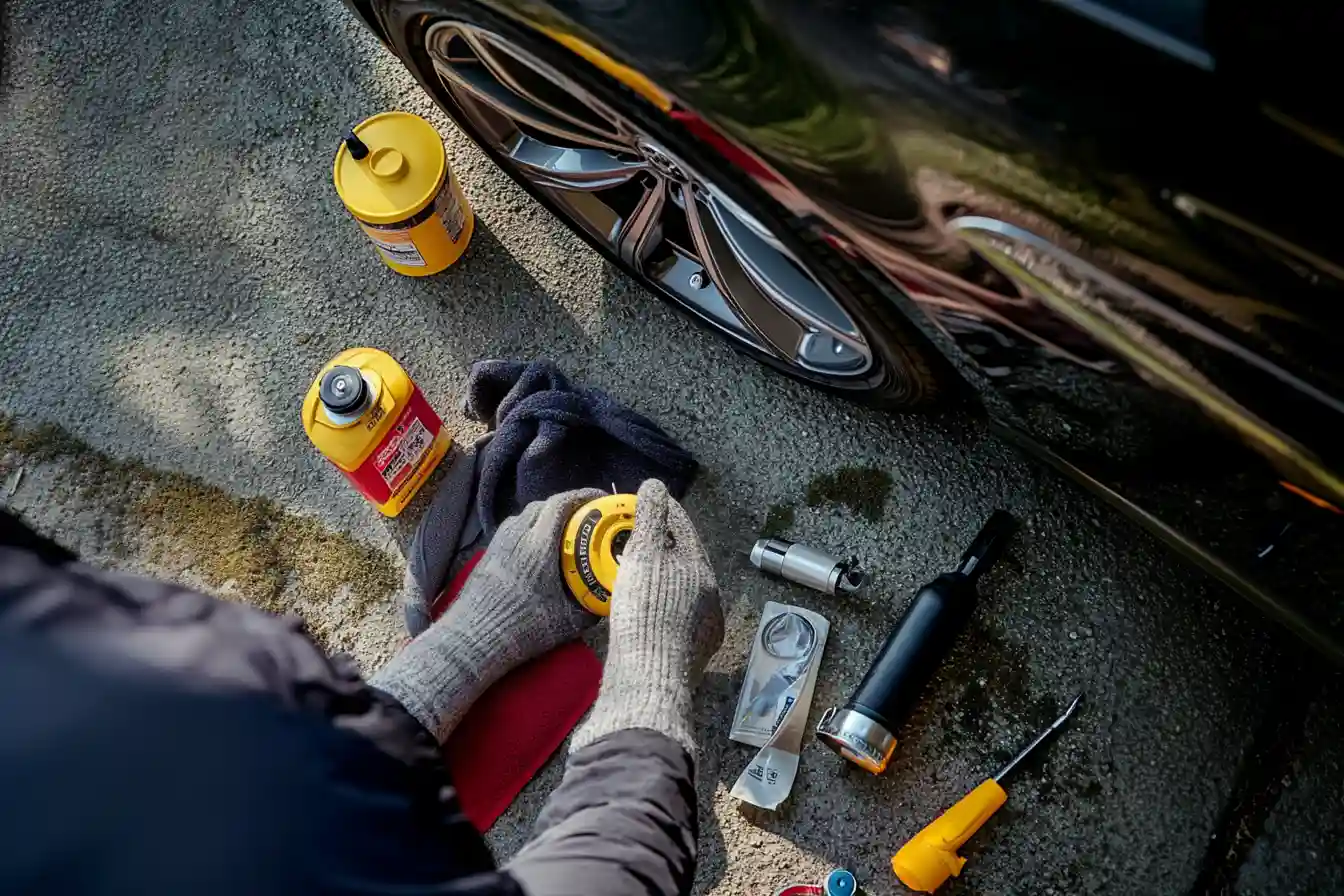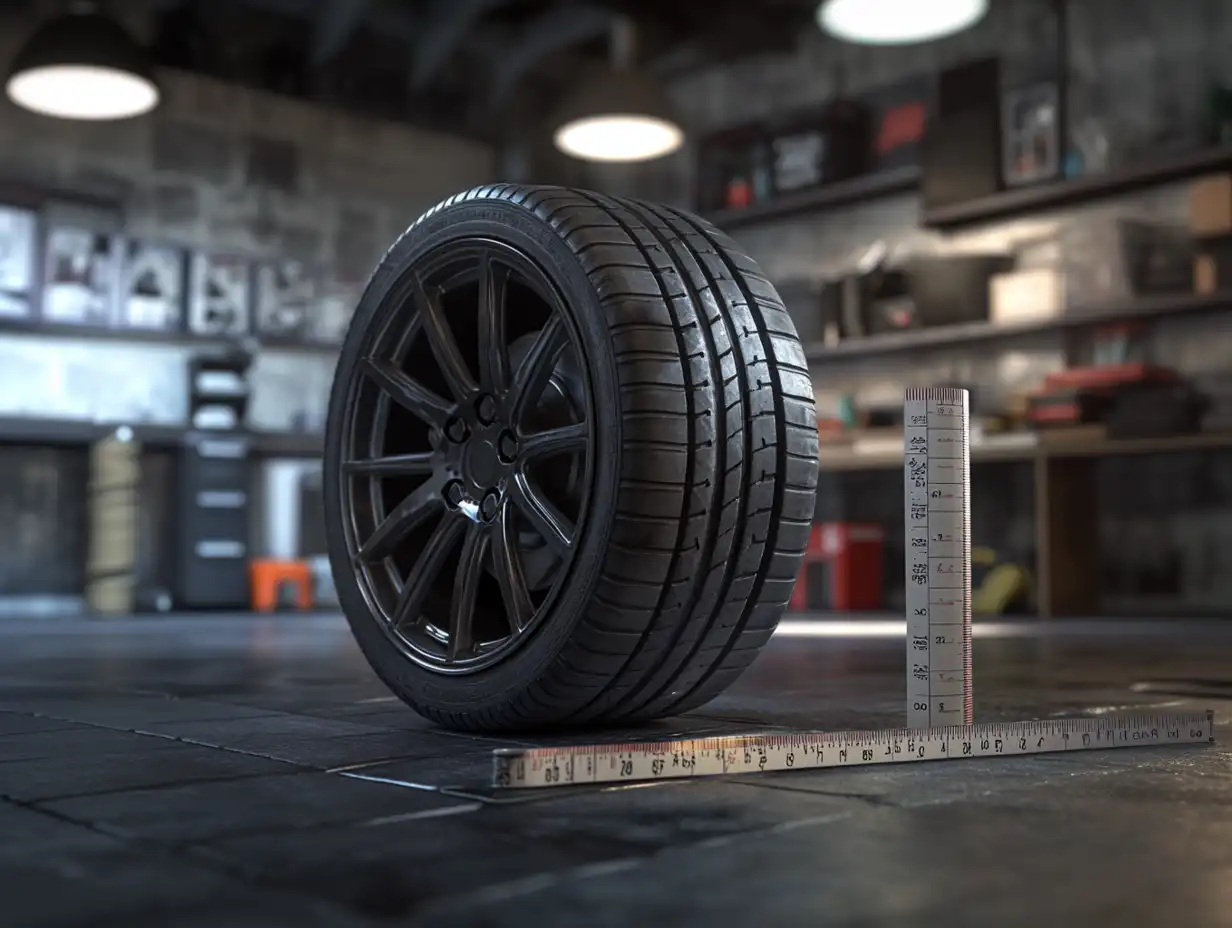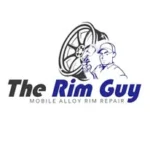🚗 Hello, safety-conscious drivers! Have you ever noticed a wobble or vibration while cruising at highway speeds? Perhaps you spotted a dent or crack along the edge of your rim. A damaged wheel rim can be more than a mere cosmetic flaw—it can compromise handling, accelerate tire wear, and even lead to potential blowouts if left unresolved. The good news? With the right information and strategy, you can assess the extent of the damage, explore repair options, and decide if a replacement is the safer (and smarter) choice.
In this friendly, emoji-filled guide, we’ll delve into the different kinds of wheel damage fix methods, from simple scuff repairs to advanced welding and reshaping. Along the way, we’ll highlight rim damage cost factors, prevention tips, and real-world examples to help you protect your car’s appearance—and your peace of mind. Let’s put safety first and learn how to handle repairing broken wheels without breaking the bank! 🛞💥
Why a Damaged Wheel Rim Matters 🏁
A damaged wheel might look like a minor inconvenience, but it can create a domino effect of issues:
- Compromised Safety: Bent or cracked rims can lead to erratic handling, steering vibrations, or even tire blowouts.
- Increased Tire Wear: An uneven rim surface may force tires to wear out prematurely, hiking your overall maintenance costs.
- Fuel Efficiency Drop: Misaligned or unbalanced wheels add rolling resistance, impacting MPG.
- Resale Value Concerns: Prospective buyers might see a neglected rim as a sign of poor vehicle care.
Bottom line: addressing a damaged wheel rim promptly helps ensure both safety and cost-effectiveness.
Common Causes of Wheel Damage 🍂
- Potholes & Road Debris: Sharp impacts can dent or crack rims, especially when tire pressure is low.
- Curb Collisions: Tight parking or misjudged turns near curbs often lead to gouged or bent rims.
- Underinflated Tires: Less cushioning means harder contact with the rim during bumps or potholes.
- Corrosion Over Time: Salt, moisture, and brake dust can weaken metal surfaces, leading to cracks.
- Accidents & Collisions: Even minor fender-benders may transmit force to the wheels.
Emoji Tip: Keep an eye on pothole-ridden roads, and consider alternative routes when possible to avoid repeated rim damage!


How to Spot a Damaged Wheel Rim 🔎
Sometimes rim damage is obvious—a visible dent or crack. Other times, the warning signs are subtle:
- Vibrations or Shakes: A bent rim often causes steering wheel tremors at specific speeds.
- Slow Air Leaks: Damaged rims may disrupt the tire’s bead seal, causing gradual deflation.
- Tire Cupping or Uneven Tread: Watch for inconsistent wear patterns.
- Reduced Handling: Persistent pulling to one side can point to rim-related alignment issues.
If you suspect damage, inspect your wheel for bends, cracks, or chipped paint exposing bare metal. Swift action prevents small problems from escalating into larger (and pricier) repairs.
Types of Wheel Rim Damage & Repair Options
| Damage Type | Description | Repair Recommendation |
|---|---|---|
| Bent Rim | Visible dent or out-of-round shape | Hydraulic press reshaping, possible welding if cracks are found |
| Cracked Rim | Hairline fractures or full splits | Welding for small cracks, replacement for extensive damage |
| Corrosion & Pitting | Metal weakening, surface flaking, possible leaks | Sandblasting & refinishing, sealing corroded areas |
| Scuffs & Scrapes | Cosmetic abrasions, curb rash | Sanding, filler, repainting, or pro refinishing |
Emoji Reminder 💡: The more severe the damage, the higher your rim damage cost is likely to climb. It’s best to address issues while they’re still minor.
DIY Approaches for Minor Rim Issues 🏠🛠️
If your damaged wheel rim falls into the mild or cosmetic category, you may handle it yourself:
- Surface Sanding & Filling: Light curb rash or minor scrapes can often be sanded away using fine-grit sandpaper. A small amount of body filler or specialized rim filler smooths out deeper gouges.
- Priming & Painting: Automotive primer prevents corrosion, while matching wheel paint and a clear coat restore aesthetics.
- Wheel Sealant: If you spot minor corrosion, a protective sealant can deter moisture from worsening the damage.
Pros: Low cost, flexible scheduling, personal satisfaction.
Cons: Risk of incomplete repair, color mismatch, or missing hidden cracks.
Professional Rim Repair Methods 🏆
When dealing with severe bends, cracks, or advanced corrosion, a specialized shop may be your best bet. Let’s explore the tools and techniques repairing broken wheels professionals use:
- Hydraulic Press Reforms: Gently reshapes bent rims back to factory specs, preventing structural compromise.
- TIG or MIG Welding: Cracked rims need welding and careful smoothing to maintain wheel balance.
- CNC Machining: Removes damaged material uniformly, ensuring a clean, even rim edge.
- Powder Coating: Offers robust protection against future damage with a smooth, durable finish.
Drawback: Higher labor fees, though many shops back repairs with short-term warranties—worth the extra cost for peace of mind.
Table: Typical Rim Damage Cost 🏷️
| Repair Scenario | DIY Cost | Professional Estimate (Per Wheel) | Notes |
| Light Curb Rash | $20–$60 (materials) | $75–$125 | Sanding, filler, paint only |
| Minor Bend, No Crack | $75–$100 in tools | $125–$200 | Might require a shop press, safer to leave to pros |
| Cracked Rim (Weldable) | N/A | $150–$300+ | Welding & refinishing, depends on crack length |
| Advanced Corrosion/Refinish | $60–$100 (DIY kit) | $200–$350+ | Sandblasting, powder coat or advanced paint |
Keep in mind that a severely damaged wheel rim might be too compromised for safe repair, pushing you toward a complete replacement. If your professional shop expresses doubts, trust their judgment.
When Replacement Is Necessary ❗
While many forms of damage are fixable, some wheels are simply beyond salvation:
- Extensive Cracks: Multiple fractures or compromised structural sections can’t handle road stresses.
- Large Missing Chunks: If a collision caused part of the rim to break off, a new wheel is safer.
- Aging & Multiple Repairs: After repeated welds or severe refinishes, the rim may no longer meet safe specs.
- Outdated/Hard-to-Find Parts: Some rims are so unique that replacement is more cost-effective than waiting for specialized repairs.
Emoji Caution 😯: Driving on a borderline rim can endanger you and others. If in doubt, consult a professional for a second opinion.
Real-World Example 🌐
A driver noticed persistent steering wheel vibrations around 60 mph. After a quick inspection, they discovered a bent rim from hitting a deep pothole. Visiting a local wheel shop, they learned the rim also had a small crack near the spoke. Though the crack was weldable, the shop recommended replacement due to the rim’s older metal composition and prior repairs.
Had the damage been limited to a mild bend or scuff, repairing broken wheels might’ve cost $150–$200. Instead, the final bill for a new rim replacement reached $250. The driver found peace of mind, knowing they wouldn’t risk further structural issues or repeated visits to fix the same rim.
Preventing Future Wheel Damage 🔒
While you can’t dodge every pothole, adopting these habits shrinks your risk of a damaged wheel rim:
- Maintain Correct Tire Pressure: Underinflated tires absorb less impact, transferring force to the wheel.
- Mind the Road Conditions: Slow down over speed bumps, avoid potholes when possible.
- Regular Inspections: Spot corrosion or hairline cracks early, saving on bigger bills later.
- Seasonal Tire Swaps: If you live in an area with extreme winters, switching to seasonal tires protects rims from harsh salt and ice.
- Balanced & Aligned Wheels: Routine alignment checks reduce uneven stress on your rims.
Emoji Tip 💡: Consider a slightly higher tire profile for city driving—more cushion between rim and curb helps minimize damage.
Repair or Replace? Making the Decision 🤔
When faced with a damaged wheel rim, weigh these factors:
- Severity of Damage: Shallow dents or minor cracks are often fixable; large fractures usually aren’t.
- Age & Condition of Rim: Older, corrosion-prone rims may benefit more from replacement.
- Budget: Compare repair estimates to the cost of a new or refurbished wheel.
- Safety & Peace of Mind: Feeling uncertain about the integrity of a repaired rim can be more costly in the long run.
Emoji Logic 🤓: If the total rim damage cost for welding and refinishing creeps over half the price of a replacement, a new wheel might be more economical.
Maintenance & Post-Repair Care 🧽
If you do choose to repair a bent or cracked rim, follow these steps to preserve results:
- Gentle Washing: Use mild cleaners and a soft cloth to remove brake dust.
- Frequent Pressure Checks: Ensure the tire maintains recommended PSI, confirming the repair remains sealed.
- Avoid Extreme Impacts: Slow down for potholes and approach curbs cautiously.
- Re-Balance Wheels: If you notice any new vibrations, have the wheels balanced again.
Taking care after a rim fix prolongs the wheel’s lifespan and keeps your car running smoothly.
Emoji Table: Quick Checklist 😍
| Task | Frequency | Why It Matters |
| Check Tire Pressure | Monthly | Prevents extra rim stress & uneven tire wear |
| Inspect for Cracks/Gouges | Each Wash or Rotation | Early detection stops small issues from growing |
| Wheel Balancing | Every 6,000–8,000 miles | Maintains smooth ride & extends tire life |
| Alignment Checks | Annually or as needed | Prevents pulling & uneven rim loading |
| Seasonal Tire Swaps | If climate requires | Protects rims from salt, ice, or extreme heat |
Keeping up with these quick tasks is a straightforward way to avoid additional rim damage cost.
Where to Seek Expert Advice 💡
- Car and Driver’s Wheel Safety Section: Learn about advanced wheel repair strategies, common pitfalls, and pro tips.
- For direct professional insight, therimguy.ca offers honest evaluations, ensuring your damaged wheel rim gets the care it deserves.
Conclusion 🏆
Damaged wheel rim challenges don’t have to derail your driving experience. From mild bends and cosmetic curb rash to serious cracks, there’s likely a cost-effective and safe remedy if you catch the issue early. Sometimes a straightforward wheel damage fix—like welding or reshaping—can restore a rim’s structural integrity, while in other instances, a full-on replacement brings peace of mind and spares you repeated service visits.
Assessing the severity of the damage, consulting trusted sources, and balancing repair versus replacement costs lead to the best outcome. By fostering proactive habits—regular inspections, proper tire inflation, and mindful driving—you’ll keep your rims in good shape for the long haul. 🚀 Stay safe, keep rolling smoothly, and tackle rim damage with confidence!



